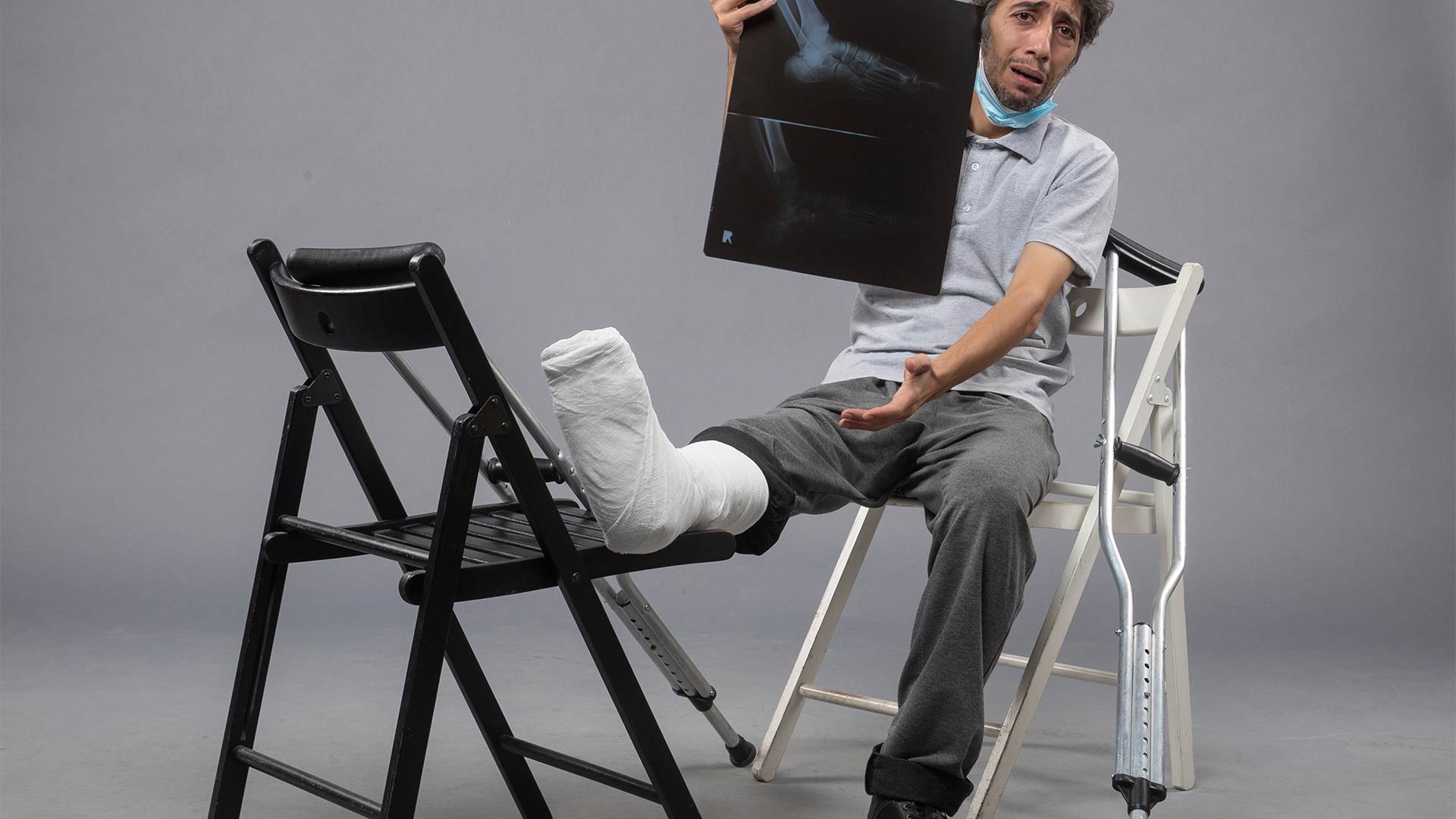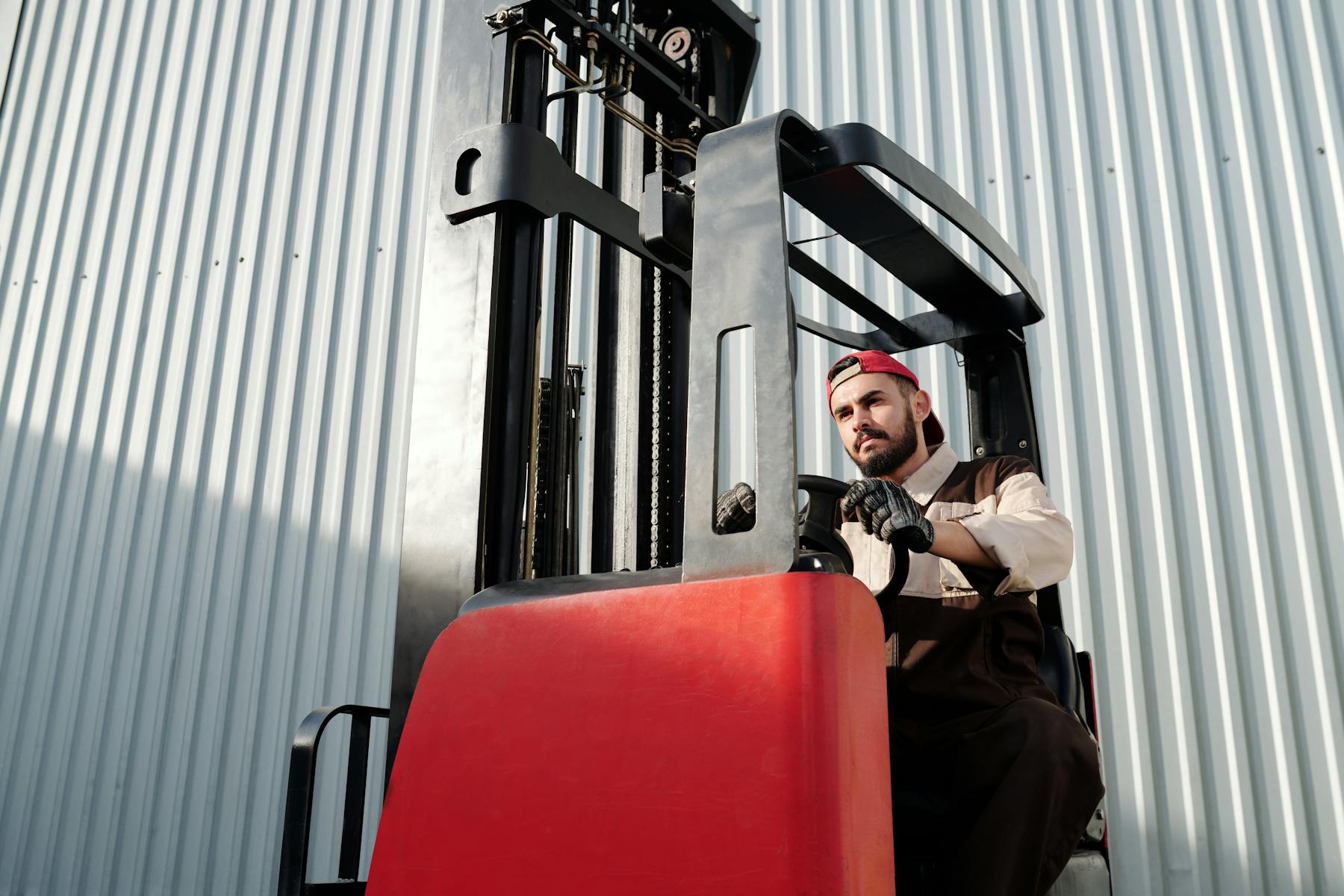Florida is known for its heat and humidity during the summer, but things do cool down a bit in the winter months – although temperatures in the 80s are still the norm.
Unfortunately, lower temperatures can actually lead to serious workplace injuries, simply because heat-related illnesses can sneak up on them when the temperatures are warm but not quite as hot and humid as they are in the summer.
Knowing the signs of a heat-related illness can save your life – or the life of a co-worker. Here are the basics:
Heat rash and heat cramps are signs of trouble
Heat rash and heat cramps are considered relatively mild illnesses – although they may not feel like it at the time. A heat rash usually involves the appearance of small, red blisters that are clustered together on someone’s arms, chest, neck or anywhere they sweat. The proper treatment involves cooling down and keeping the rash dry and soothed until it goes away.
Heat cramps are a bit more serious and could be a precursor to a medical emergency. Generally, victims will sweat heavily and experience painful muscle spasms in their legs, back, stomach or other parts of their bodies. This is generally a sign of dehydration and possibly a sodium imbalance, so the best treatment is to cool down and hydrate with sports drinks and water.
Heat exhaustion and heat strokes are medical emergencies
If someone is in a warm place but their skin starts to feel cold and clammy, they may have heat exhaustion. This can be accompanied by dizziness, headaches, cramps in their muscles, nausea, vomiting and a fast but weak pulse. Victims need to immediately be moved to a cool place, wiped down with cool cloths and given water.
Heat stroke is even more serious. A victim may experience all of the above, lose consciousness, and have an elevated body temperature (as if running a fever). Their pulse may be fast and strong, and their skin may be dry (not damp from sweat). This is a crisis, so 911 should be called.
The relatively mild temps in the winter can make a worker overlook the necessary water breaks and heat breaks they need to avoid a problem. Employers should be proactive about their employees’ safety, but that’s not always what happens. If you’ve suffered a heat-related injury at work, it may be time to find out more about your legal right to workers’ compensation benefits moving forward.



